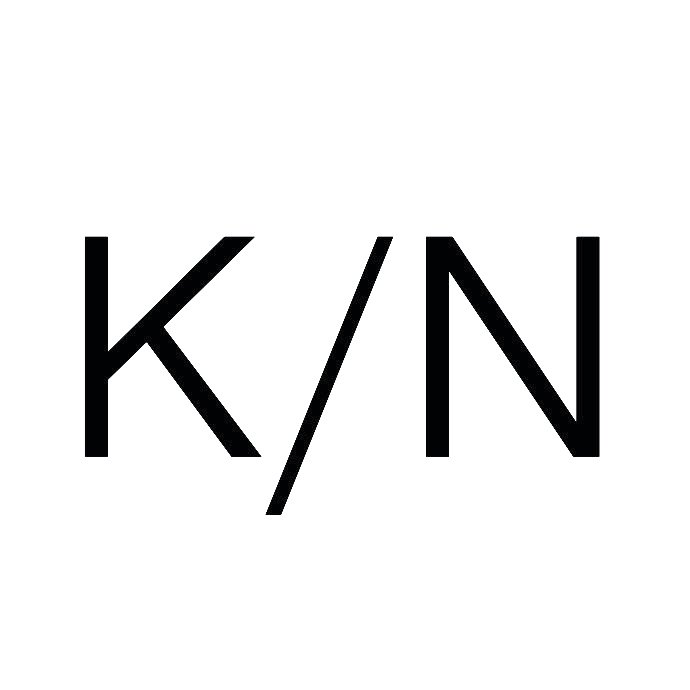wonderland
The two performers invite the spectators to the wonderland, and introduce the chaos, which represent the roles of performer as White-Rabbit who is confused-guide, and Alice who is driven by curiosity to pursue and encounters events, gets lost, and be finding the sense and directions to solve and continue. Performance contents are fully choreographed, in order to give us a frame to execute, yet it’s flexibly improvised within each frame works of the scenery situations, that are performed with body and voice, timing of sound and silence. Those constantly impose problems and confusions to let all us question to reflect our introspection. Every one (performers and spectators) in the wonderland tries to cope in our search of the White-Rabbit as we traverse grey areas, in-between spaces – delusion and the gap between fiction and non-fiction. That may draw and find questions or answers of your own.
Concept of the performance wonderland is to discover ‘in-between space’ or the state of ‘in-betweeness’ in us; in between ideas and word; movement and stillness; visible and invisible, emptiness and fullness; chaos and order; confusion and understanding; orientation and disorientation; loudness and quietness; fiction and non-fiction; then, personal and professional in the action of abstract performance in public. Any physical entities in the space are the object that create the gaps among those state, which sometimes does not make sense but it might make sense if we change our perspective. Fully inspired by Lewis Caroll’s Alice’s Adventures in Wonderland, to draw the narrative structure for the conceptual research and experiments, and embodied “non-sense which makes sense to us” in this performance. wonderland let you be flexible and adaptable to prepare for the encounters with unknowns — wondering does not mean that you are lost.











